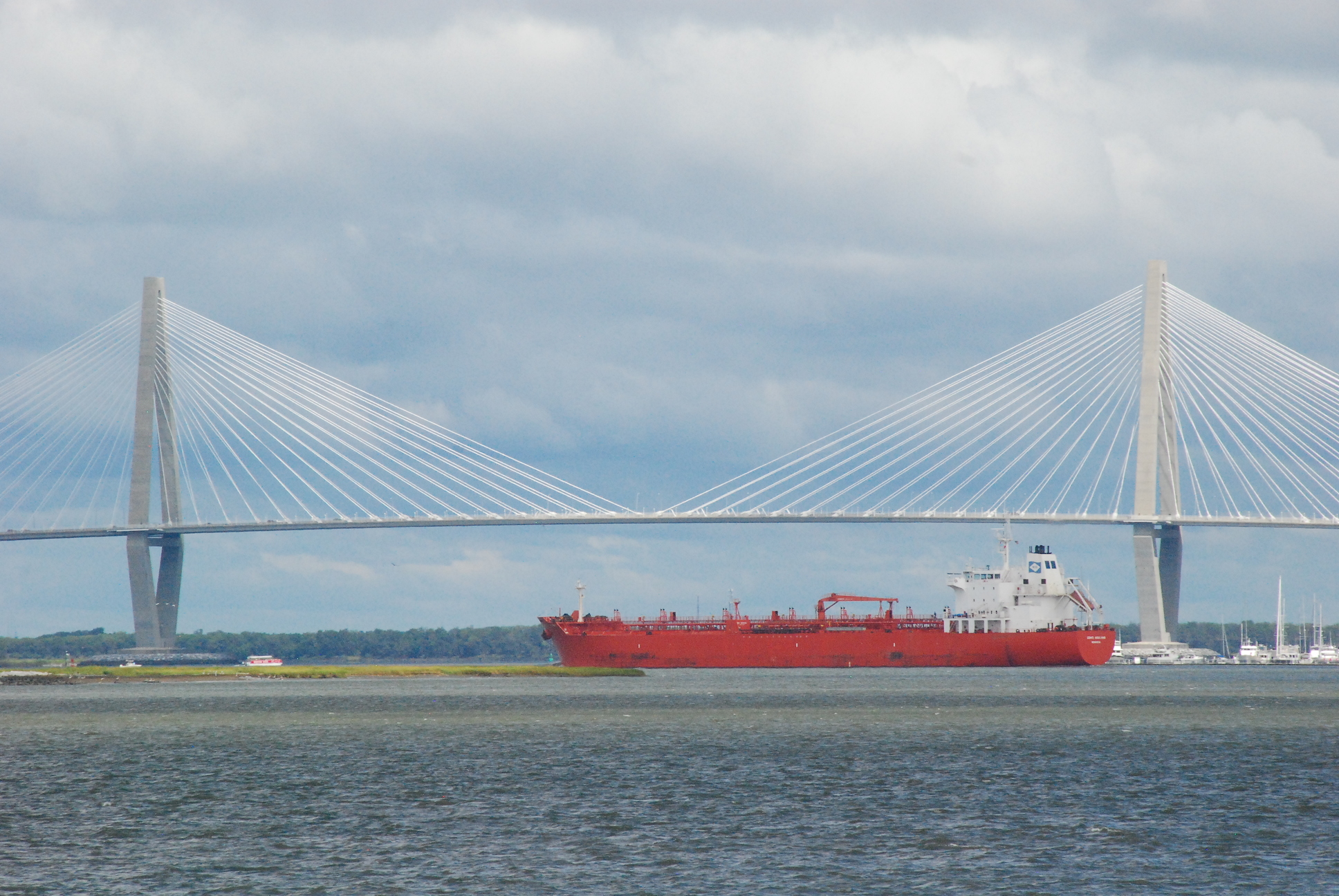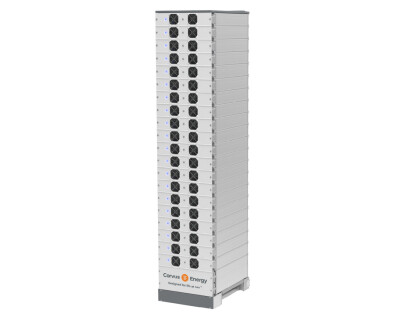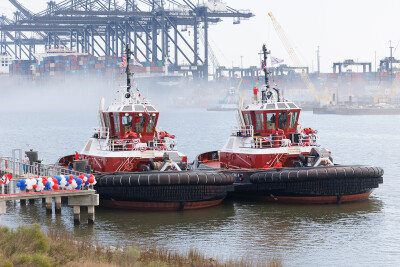At the Columbus Street terminal in Charleston, S.C., a pair of shipping cranes are coming down, to be dismantled and carted off for use at another port.
Their removal represents one more step forward for the Port of Charleston, once the most prosperous in the U.S.
The old breakbulk cargo yard now is packed with BMW automobiles. The German carmaker made Charleston its U.S. transshipment hub – for both imports and exports. In March, BMW shipped out an X5 M50d sport utility vehicle, number two million to come off of the company’s South Carolina assembly lines.
The local joke is that BMW no longer stands for just Bavarian Motor Works, but also for “Bubba Makes Wheels.” So the obsolete cranes will be gone, sold to DP World for use at its terminal at St. John in New Brunswick, Canada.
SUVs from the the Spartanburg, S.C., assembly plant are one success story in the retooled U.S. auto industry. There are hopes Volkswagen will open a new South Carolina plant that will bring more trade to the port.
The ro/ro BMW terminal is just part of a bigger story about new manufacturing in the Southeast, and the potential for more shipping volume to East Coast ports through the widened Panama Canal.
For the brownwater workboat fleet, the trends mean more work in ship assist work for harbor tugs, and more dredging and infrastructure projects. Tugboat designers and builders are bringing on the next generation of boats, able to handle bigger containerships and liquefied natural gas carriers that will transit the canal between the U.S. and Asia.
In an era when many state and city political establishments seem barely able to deal rationally with planning for infrastructure, transit and education, it is instructive to see how Charleston prepared for a growing maritime future.
Like the recently completed 20-year dredging project in the Port of New York and New Jersey, Charleston port planners and their Corps of Engineers partners look to deepen to a controlled depth of 52' in channels to accommodate neo-Panamax containerships.
The city’s iconic Arthur Ravenel Jr. cable-stayed suspension bridge over the Cooper River was designed not only with air draft to accommodate future ships, but with resistance to disaster. It is engineered to survive a repeat of the magnitude 7 earthquake that shook Charleston in 1886, and the impact from a containership moving at 12 knots into either of its diamond-shaped suspension towers.
Charleston has deep experience with catastrophes, natural and man-made. Vast wealth from 18th- and 19th-century shipping made Charleston the richest city in early America. It was tied to the slave trade, and ultimately to politics that started the Civil War with the bombardment of Fort Sumter in the harbor.
It took more than a century for Charleston to recover from war and defeat. Determined historic preservation and urban revival advocates made tourism a leading-edge industry, persevering after Hurricane Hugo struck in 1989.
Dubbed the “Holy City” for its religious tolerance in colonial days, Charleston seems to have moved back into good graces – a restored port city with a modern, growing maritime industry.





[5] copy.png.small.400x400.png)